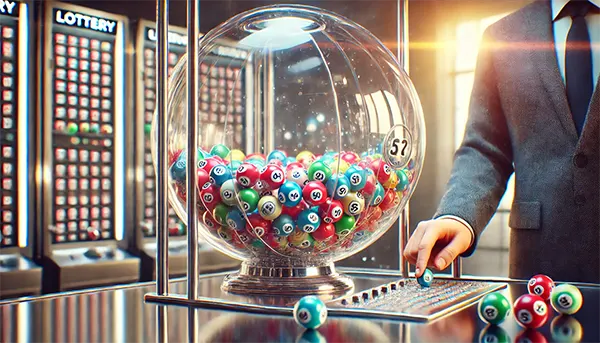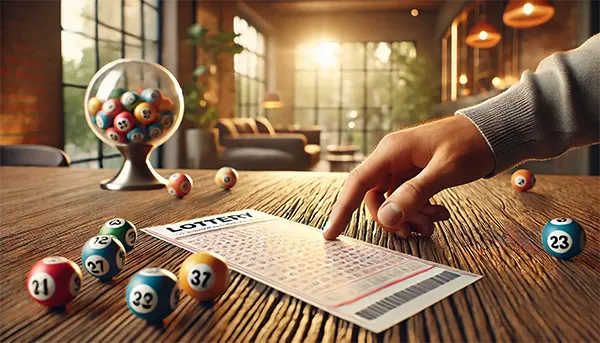
The Secret Mathematics of Lotteries: Why Do Some Numbers Appear More Often?
Lotteries have long fascinated players, promising life-changing winnings through a random draw of numbers. However, many people believe that certain numbers appear more frequently than others. Is this just an illusion, or is there mathematical reasoning behind it? In this article, we explore statistical patterns, the concept of “hot” and “cold” numbers, and how mathematical models might help players make informed choices.
Statistical Analysis of Winning Lottery Numbers
Lottery draws are designed to be random, yet statistical analysis suggests that some numbers appear more frequently than others. Many lottery enthusiasts have studied past results to identify patterns, hoping to gain an edge.
A study of major lotteries, such as EuroMillions and Powerball, reveals that while numbers should, in theory, be drawn equally over time, certain numbers have historically appeared more often. These fluctuations can be attributed to the randomness of each draw rather than any inherent bias in the system.
For example, in the UK National Lottery, some numbers have shown a higher frequency than others over several years. This does not indicate a flaw in the system but rather natural statistical variation. The larger the dataset, the more balanced the frequency should become over time.
The Role of Probability in Number Selection
Probability theory dictates that each number in a fair lottery has an equal chance of being drawn. However, in short-term observations, certain numbers may appear more frequently simply due to chance.
Gamblers often make the mistake of believing that a number that has not appeared in many draws is “due” to be drawn soon. This is known as the gambler’s fallacy. In reality, each draw is independent, and past results do not influence future outcomes.
Despite this, some lottery players use statistical tools such as frequency charts to track past results, hoping to identify potential patterns. While interesting, these strategies do not alter the fundamental randomness of the game.
“Hot” and “Cold” Numbers: Myth or Reality?
The terms “hot” and “cold” numbers are commonly used in the lottery world. “Hot” numbers refer to those that have appeared frequently in recent draws, while “cold” numbers are those that have been drawn less often.
Many players believe that betting on “hot” numbers increases their chances of winning, as they appear more frequently. Others adopt the opposite approach, selecting “cold” numbers on the assumption that they are “overdue” for a win.
However, statistical analysis shows that these beliefs are largely misconceptions. A number appearing frequently in one period does not mean it will continue to do so. Each draw is an independent event, and previous results have no bearing on future outcomes.
Analysing Real Lottery Data
Real-world data from major lotteries demonstrates that while some numbers do appear more often over short periods, this is purely coincidental. Over time, all numbers tend to even out in frequency.
For example, in a study of EuroMillions results over a five-year period, certain numbers appeared more frequently. However, extending the analysis to ten years, the overall frequency distribution became more balanced, aligning with theoretical probability.
Ultimately, playing the lottery remains a game of chance, and no statistical pattern guarantees a winning outcome. While analysing past results may be interesting, it does not provide a definitive advantage.

Can Mathematics Help Choose Lottery Numbers?
While no strategy can guarantee a lottery win, some mathematical models can offer insights into number selection. Certain statistical methods aim to optimise selections, although their effectiveness remains debated.
One approach is using number wheeling systems, which involve selecting a larger set of numbers and playing multiple combinations. This method does not increase the probability of winning but can improve the likelihood of winning smaller prizes.
Another strategy involves using random number generators rather than personal favourites. Many players choose birthdays or significant dates, which limits their selection to numbers 1-31. This means they are competing with many others who use similar strategies, reducing the odds of a unique win.
Understanding Expected Value in Lotteries
Expected value (EV) is a mathematical concept used to evaluate the potential return of a game. In lotteries, the EV is generally negative, meaning that, on average, players will lose more than they win.
However, some lotteries offer better odds than others. For instance, smaller state-run lotteries often have better odds than massive international ones like Powerball or Mega Millions. Analysing odds and prize structures can help players make more informed decisions.
While mathematics can provide insights, the lottery remains fundamentally a game of chance. No amount of statistical analysis can change the random nature of the draw, and players should always gamble responsibly.
